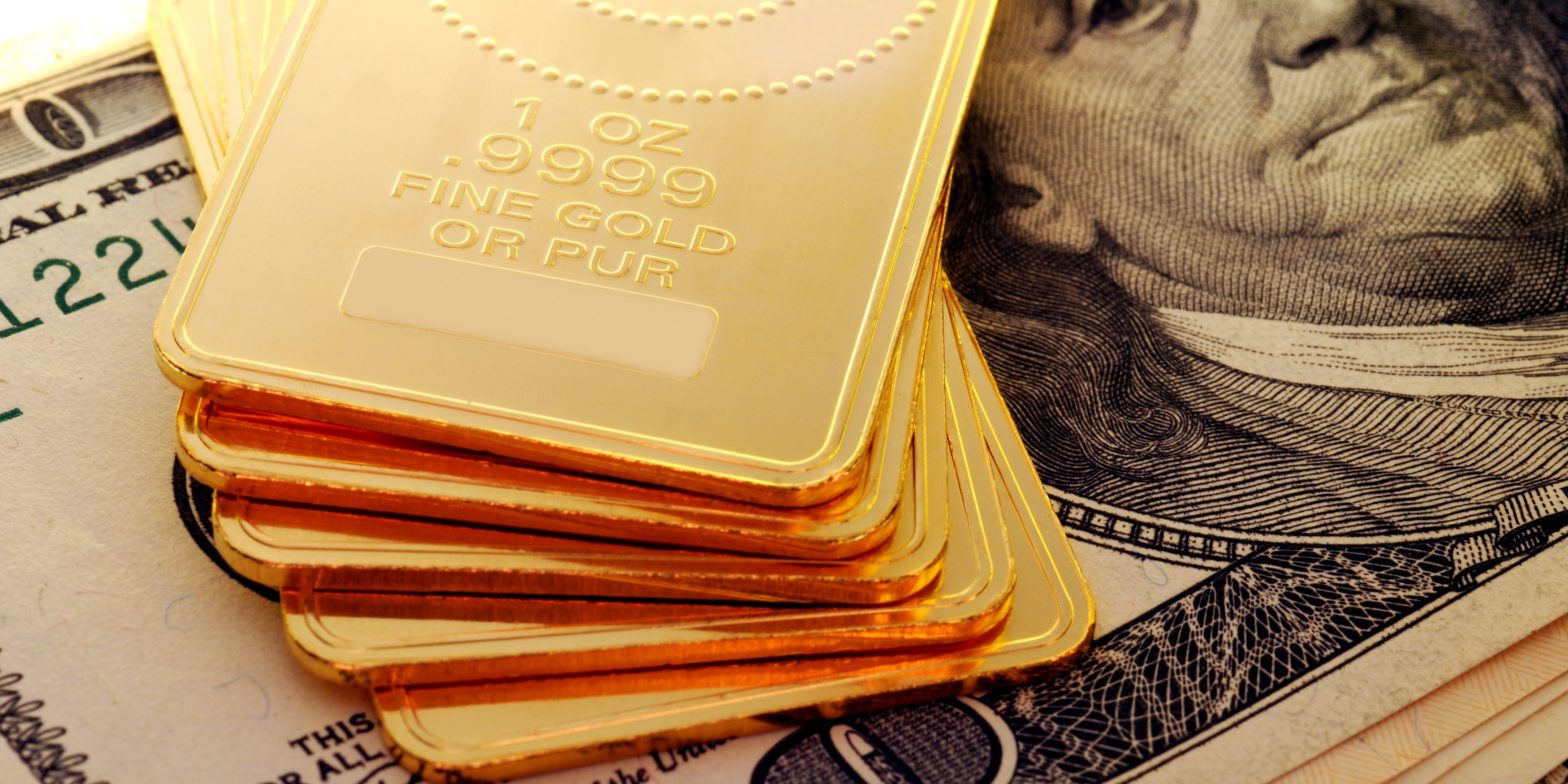Gold has traditionally been seen as an inflation hedge and a haven during times of economic uncertainty. But despite high inflation and growing fears of a recession, gold has fallen 15% since early March and is down 5% year to date. Meanwhile, the US dollar index has jumped 9% since March and is up 11% since the start of the year. Loading Something is loading.
Gold has slumped this year — even as economic conditions are prime for the asset to flourish — and is significantly underperforming the US dollar.
The precious metal has traditionally been seen as an inflation hedge and a haven during times of economic uncertainty.
But despite high inflation and growing fears of a recession, gold has fallen 15% since surging to a high above $2,000 per ounce in early March and is down 5% year to date. Meanwhile, the US dollar index has jumped 9% since early March and is up 11% since the start of the year.
This is setting up a “moment of truth” for gold, according to OANDA senior market analyst Jeffrey Halley, writing in a recent note to investors that gold hasn’t been able to take advantage of the recent dollar pullback this past week.
“To say that gold’s price action is underwhelming is an understatement, and it appears to be facing imminent material downside risks if the technical picture is to be believed,” he wrote.
With inflation running at a 41-year high of 9.1% year-over-year, 2022 should theoretically be the time for gold to shine. And Wall Street is increasingly sounding the alarm that the US economy will slide into recession sometime this year or next. But on Thursday, gold hit a 16-month low of $1,680 an ounce.
Meanwhile, the dollar is near 20-year highs, benefitting from a Federal Reserve that is aggressively raising benchmark rates. Since March, the central bank has made progressively steeper rate hikes of 25, 50 and 75 basis points. After its next meeting wraps up on Wednesday, analysts expect another increase of 75 points, or perhaps even 100 points.
In fact, rates are a key driver for gold prices because the metal doesn’t offer a yield, meaning gold is typically negatively correlated with the dollar, according to UBS commodity analyst Giovanni Staunovo.
In certain circumstances, like during times of elevated fear and volatility, demand for safe-have assets jumps. And that’s when the correlation between gold and the dollar turns positive, which is what happened during the 2008 financial crisis, he added.
The dollar’s dominance as the currency of choice for pricing commodities acts as another drag on gold. When the dollar is strong, that tends to put downward pressure on gold prices.
With the trends seen continuing, the outlook for gold is dim.
“While wobbly equity markets and market uncertainty have helped gold earlier this year, rising US real rates have been the main driver weighing on gold prices,” Staunovo said via email. “As we see inflation leveling of from very high levels and the Fed tightening its monetary policy, we expect outflows from elevated ETF holdings to weigh on gold prices.”
